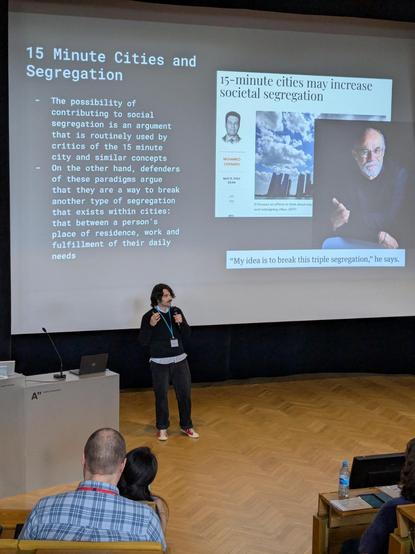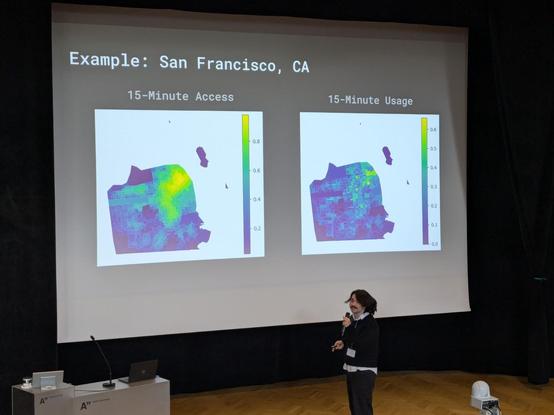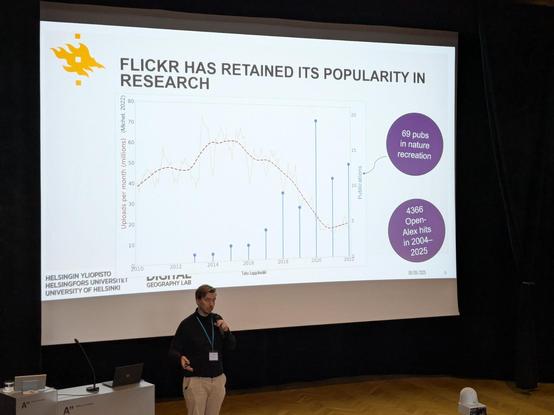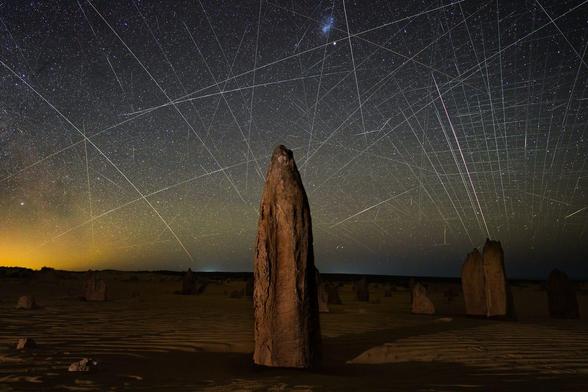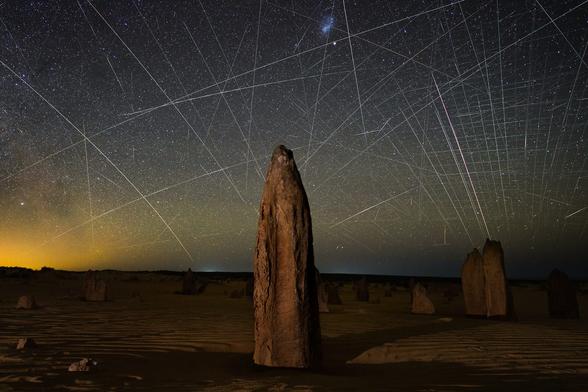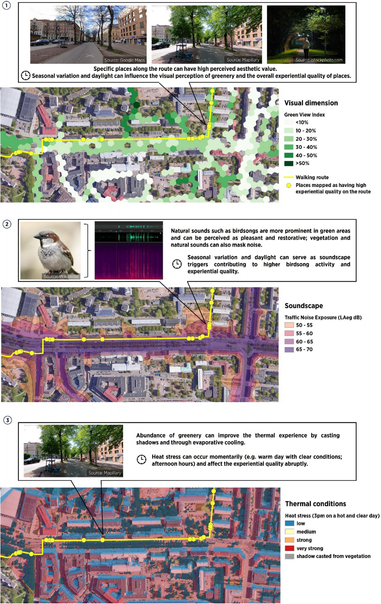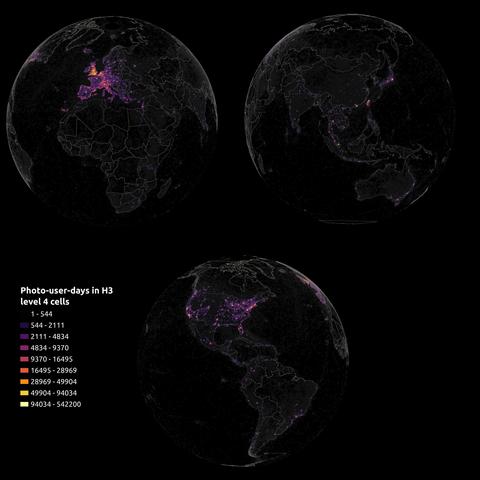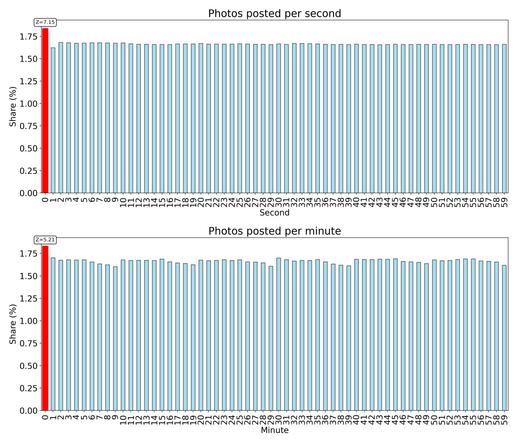The second day of #LBS2025 conference is about to start, and so is the onslaught of presentations from @digigeolab members and alumni on topics like #mobility #BigData #GIScience #MachineLearning #NatureRecreation #Segregation #EcosystemServices #Geography
I have the dubious honor of the very last presentation of the day, acting as the firewall between the scientific program and the conference dinner. Let's see how many turn up 😅
